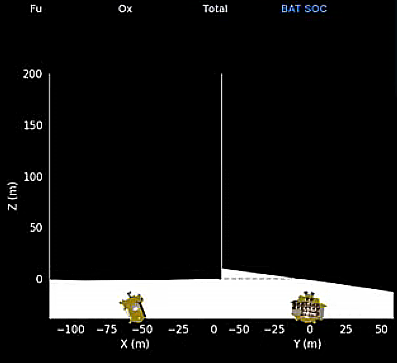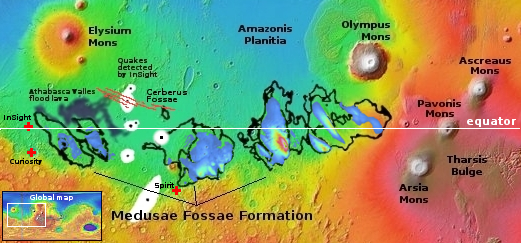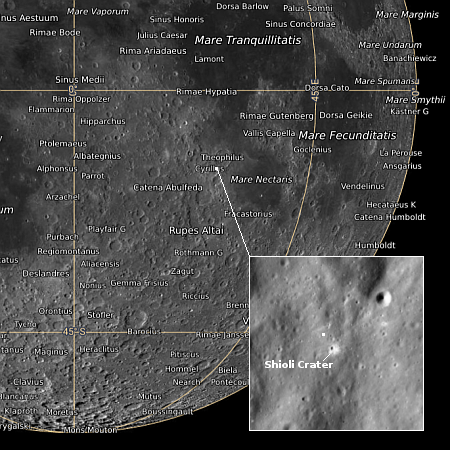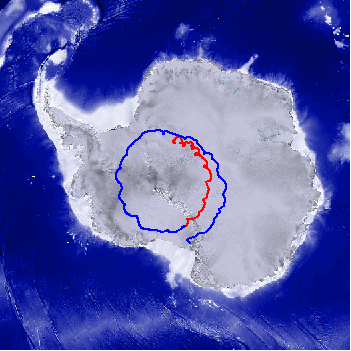JAXA: SLIM soft landing successful but will likely die prematurely after landing
According to managers at Japan’s space agency JAXA, its SLIM lunar lander successfully completed its soft landing on the Moon.
It appears SLIM’s solar cells are not producing power. The spacecraft is presently on battery power, which will only last a few hours. Engineers are presently rushing to download images, taken during descent and after landing. There is also no word yet on whether the two test rovers were successfully released and achieved their test goals.
To precisely determine if the lander achieved its goal to hit a precise landing zone less than 300 feet across will require further analysis, much of which will depend on the images presently being downloaded. At the moment the engineers believe this goal was achieved, however, based on the telemetry already received.
Thus, it appears Japan has managed a soft-landing, something that in the past few years several countries (Israel, Russia, India, United States) and private companies (SpaceIL, Ispace, Astrobotic) have failed to do. Right now Japan appears to be the third nation to succeed in this new round of lunar exploration, joining China and India (which succeeded on its second attempt).
The next lunar landing attempt will be by the American private company, Intuitive Machines. Its Nova-C lander is scheduled for launch on a Falcon 9 rocket in mid-February.
According to managers at Japan’s space agency JAXA, its SLIM lunar lander successfully completed its soft landing on the Moon.
It appears SLIM’s solar cells are not producing power. The spacecraft is presently on battery power, which will only last a few hours. Engineers are presently rushing to download images, taken during descent and after landing. There is also no word yet on whether the two test rovers were successfully released and achieved their test goals.
To precisely determine if the lander achieved its goal to hit a precise landing zone less than 300 feet across will require further analysis, much of which will depend on the images presently being downloaded. At the moment the engineers believe this goal was achieved, however, based on the telemetry already received.
Thus, it appears Japan has managed a soft-landing, something that in the past few years several countries (Israel, Russia, India, United States) and private companies (SpaceIL, Ispace, Astrobotic) have failed to do. Right now Japan appears to be the third nation to succeed in this new round of lunar exploration, joining China and India (which succeeded on its second attempt).
The next lunar landing attempt will be by the American private company, Intuitive Machines. Its Nova-C lander is scheduled for launch on a Falcon 9 rocket in mid-February.













